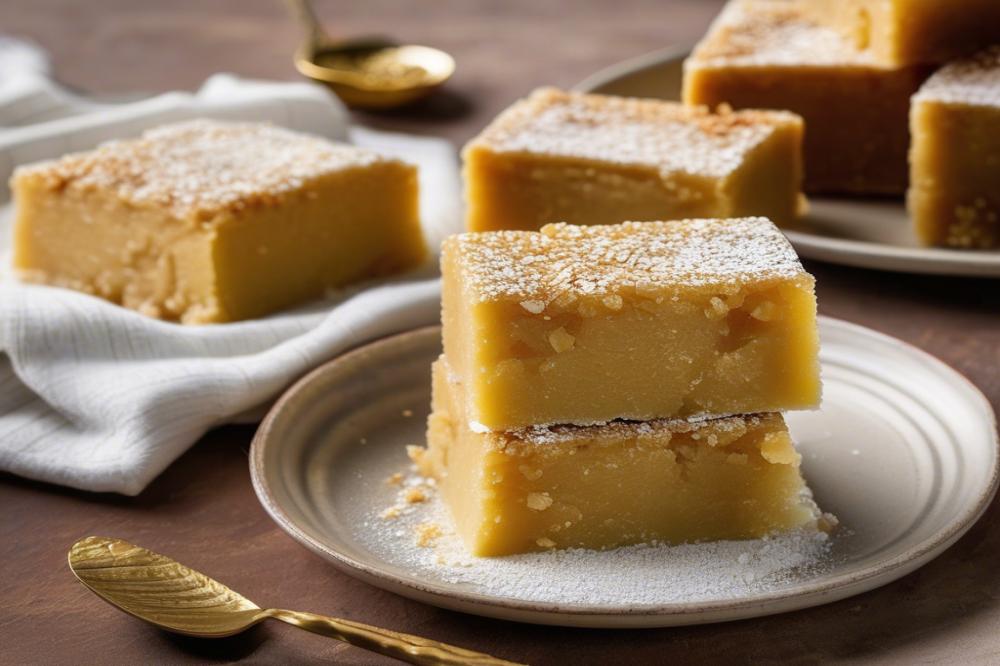politiko Simigdalenio Halva: A Classic Greek Dessert
politiko Simigdalenio Halva stands as a beloved sweet treat within the world of Mediterranean cuisine. Its rich history connects deeply with Greek traditions, invoking the flavors of sun-kissed orchards and vibrant markets. Many consider this dessert a staple for both festive occasions and everyday indulgences. When you take a bite, you experience a delightful blend of textures and flavors that enhance any meal.
This traditional delicacy primarily relies on semolina, creating a distinct density that sets it apart from other desserts. A perfect balance of sweetness and nuttiness makes it an enticing choice. The preparation process is both art and science, requiring patience to develop that signature consistency. Knowing a few cooking tips can elevate your halva preparation to new heights, ensuring that each batch is memorable.
Greek sweets like this one reflect the region’s expertise in dessert making. Families pass down beloved halva recipes through generations, ensuring these heritage flavors endure. As part of a broader culinary tapestry, Politiko Simigdalenio Halva invites enjoyment and appreciation, conveying stories of the land and its people through every delicious morsel.
What is Simigdalenio Halva?
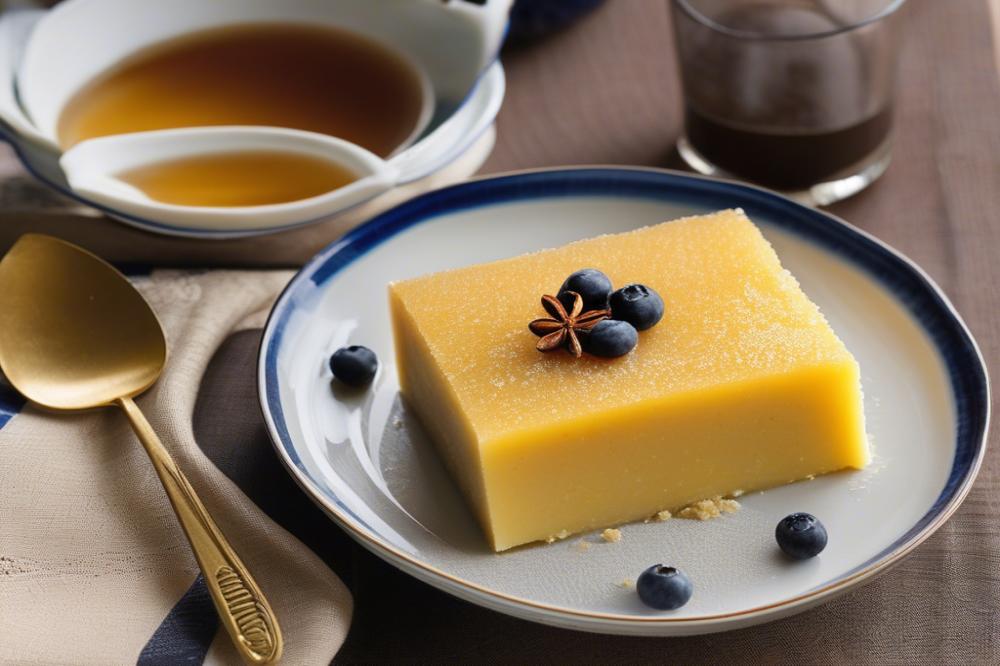
Simigdalenio Halva is a dessert made primarily from semolina. This delightful sweet treat is popular in Greece and can be found across the Mediterranean. Traditionally, locals prepare it with a simplicity that reflects the region’s culinary values. The process of making halva involves cooking semolina in a mix of butter and sugar, followed by integrating water or milk. This mixture transforms into a rich, sweet dessert that many adore.
In Greek culture, halva holds significant meaning. It is often associated with festive occasions and gatherings. Families and friends come together to enjoy this sweet, sharing moments of joy. Undoubtedly, this traditional dessert sparks nostalgia for many. Memories of childhood often include the aroma of halva preparation wafting through homes during special occasions.
Variations of halva exist throughout Mediterranean cuisine. Different regions incorporate local flavors and ingredients, creating unique profiles. Some might add nuts, while others include spices like cinnamon or vanilla. These alterations add depth to the dessert, making it appealing to a broader audience. Each version retains a similar base but allows creativity to shine through in the halva recipe.
Enjoying Simigdalenio Halva is not just about taste; it’s an experience. The texture, along with the sweet flavors, delights many palates. Moreover, this dish serves as a connection to Greece’s history and culinary heritage. Cooking tips for making halva might involve perfecting the right consistency. Many families hand down these recipes, which adds to its cultural significance.
Ingredients and Measurements
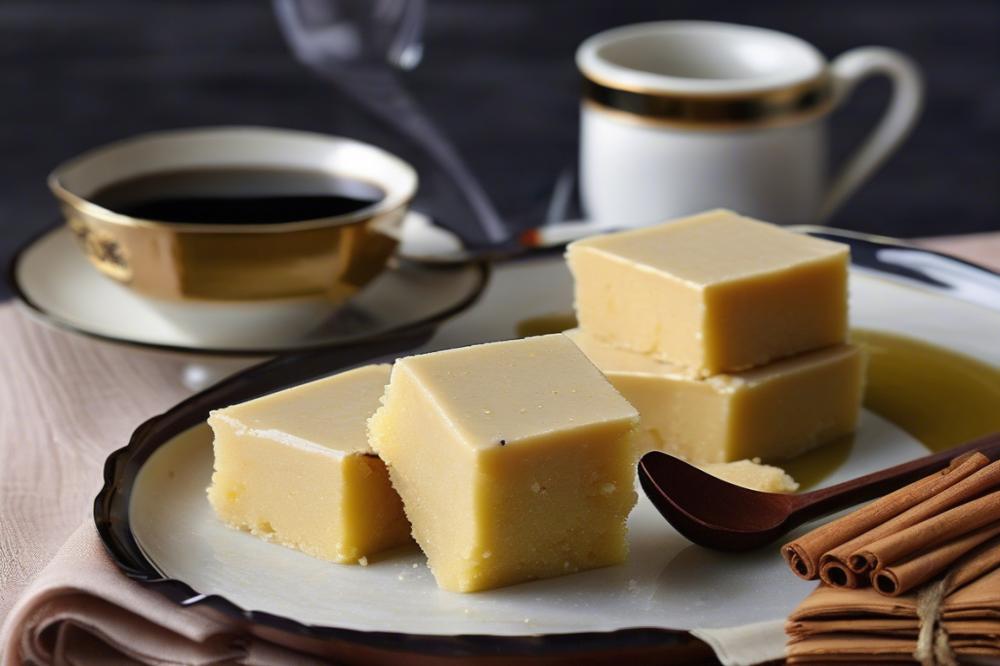
To prepare your own Simigdalenio Halva, gather the following ingredients. Each component is vital for creating this delicious traditional dessert. Here’s a list of what you’ll need and their quantities:
- Semolina – 1 cup
- Granulated sugar – 1 ½ cups
- Water – 4 cups
- Olive oil or unsalted butter – ½ cup
- Vanilla extract – 1 teaspoon
- Toasted almonds or walnuts (optional) – ½ cup
Now, let’s look closely at the nutritional information for each ingredient. Semolina is packed with carbohydrates and fiber, making it a key player in this halva recipe. Sugar, while great for sweetness, is high in calories but lacks nutritional benefits. Water is essential in any cooking process, especially for hydration.
Healthy fats and antioxidants come from olive oil. This ingredient can enhance the flavor too. Vanilla extract not only adds a delightful aroma but also provides some antioxidants. Lastly, nuts like almonds or walnuts contribute protein, healthy fats, and vitamins.
In Mediterranean cuisine, each ingredient plays a role, shaping the overall sweetness and texture of your dessert. Cooking tips often emphasize the need for precise measurements in baking. When you have everything on hand, you’re ready to embark on the halva preparation process. Enjoy crafting this sweet treat that connects you to Greek sweets and family traditions!
Halva Preparation Method
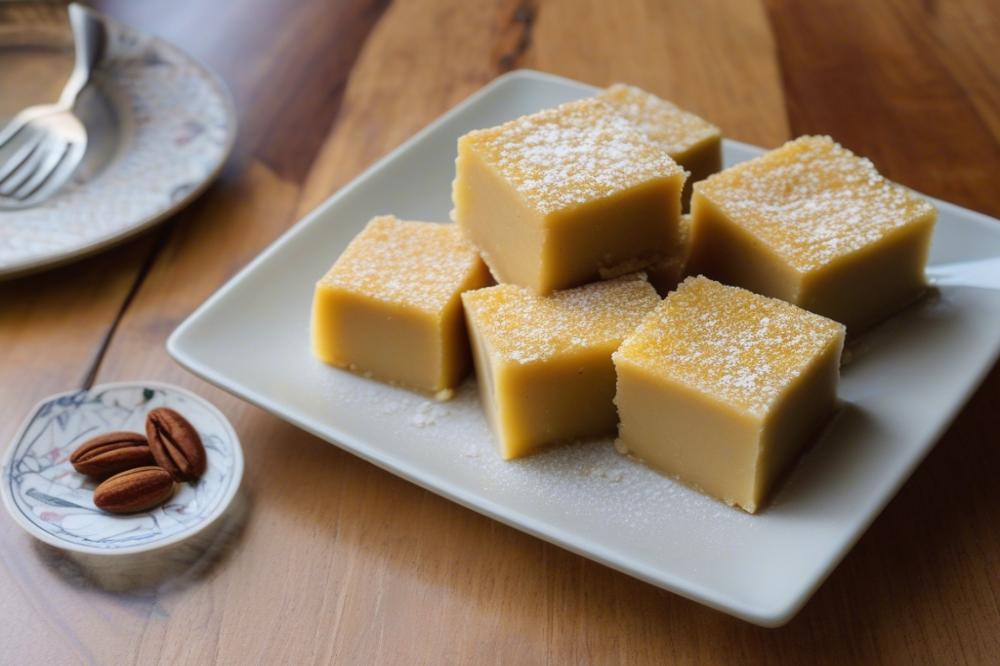
The process of making Simigdalenio Halva is a delightful journey into Mediterranean cuisine. This traditional dessert is not only a tasty treat but also simple to prepare. Follow these step-by-step instructions for a satisfying cooking experience.
Step 1: Prepare the Syrup
Begin by creating a syrup. In a pot, combine water and sugar. Bring the mixture to a boil while stirring occasionally. Let it simmer until the sugar dissolves completely. This is the sweet foundation of the halva recipe.
Step 2: Heat the Fat
In a separate pan, heat either olive oil or butter. The choice between these will affect the flavor profile of your sweet treat. Use medium heat to avoid burning the fat. It’s crucial to let it melt thoroughly.
Step 3: Toast the Semolina
Next, stir in the semolina. Watch it closely as it toasts. The goal is to achieve a golden brown color, as this brings out a nutty flavor. Keep stirring continuously, so it doesn’t stick or burn on the bottom of the pan.
Step 4: Combine Syrup and Semolina
Once the semolina is properly toasted, it’s time to add the syrup. Gradually pour it into the pan while stirring constantly. The mixture can steam and bubble, so be cautious. This is a key step in the halva preparation process, blending the elements for that perfect texture.
Step 5: Set in a Mold
After combining everything, pour the mixture into a mold of your choice. Press it down gently for a firm finish. Let it cool at room temperature until it sets. This setting stage is important for holding its shape when ready to slice and serve.
Cooking Tips
For the best results, keep an eye on the semolina while toasting it. Over-toasting can lead to a bitter flavor, which isn’t pleasant. When combining syrup and semolina, maintain a consistent stirring motion. This prevents clumps from forming. Experimenting with the kind of fat can also lead to unique flavors, making the dish truly your own.
Serving Suggestions
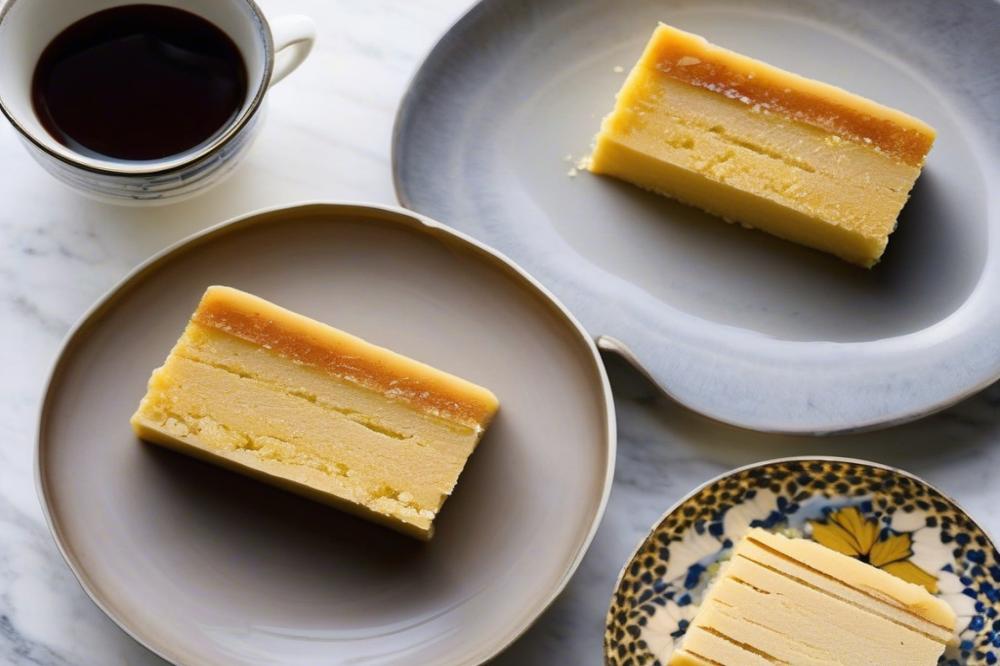
Simigdalenio Halva shines in its simplicity. Enjoy it alone for a satisfying treat. Many people like to elevate the flavors with a sprinkle of nuts. Almonds and pistachios work particularly well. Each adds a nice crunch and a richer taste.
Consider dusting halva with ground cinnamon. This adds warmth and a hint of spice to the rich flavors. A drizzle of honey can also enhance the sweetness. This combination transforms the dish into a delightful dessert experience.
It pairs beautifully with coffee or a side of Greek yogurt. The creaminess of yogurt provides a nice contrast. When served with a strong coffee, it makes for a wonderful afternoon break. This combination embodies the essence of Mediterranean cuisine.
For special occasions, consider serving the halva recipe with fresh fruit. Figs, oranges, or berries can create a colorful presentation. These fruits complement the sweetness while adding freshness. Guests will appreciate the vibrant addition to the table.
Also, try using halva preparation in layered desserts. Crumbled pieces can top cakes or puddings, bringing a new texture to familiar desserts. This variation highlights the versatility of semolina in creating unique sweet treats.
Cooking Tips for Success
Preparing a classic politiko Simigdalenio Halva can be rewarding, but it requires careful attention to several key aspects. One of the most important tips is to constantly stir the mixture as it cooks. This helps to prevent lumps from forming, which can ruin the texture of this beloved Greek sweet. Use a wooden spoon for better control, and keep the heat steady to encourage even cooking.
Your halva recipe will ask for specific ratios of semolina to liquid, but getting the right consistency is crucial. The ideal outcome is a smooth, creamy texture that holds together without being too dry or too runny. As you cook, you’ll notice the mixture thickening. Watch closely; it can go from perfectly smooth to overly thick in moments.
Exploring flavor variations can elevate your dessert to a new level. Consider adding spices like cinnamon or cardamom for warmth, or incorporate extracts such as vanilla or almond for a unique twist. A splash of orange blossom water can also give it a delightful Mediterranean essence. Each addition brings a distinct flair to the halva preparation and can reflect seasonality or personal taste.
Remember, patience is key in the process of making this traditional dessert. With these cooking tips, you are now better equipped to create a delightful sweet treat that will impress anyone who tastes it.
Embracing a Sweet Tradition
Simigdalenio Halva is more than just a dessert; it represents a cherished part of Greek culture. This sweet treat finds a special place in many households, often served during festive occasions or family gatherings. Its simplicity draws people in, while the combination of flavors captivates the taste buds.
Crafting this treat at home can become a delightful experience. A halva recipe allows anyone to participate in a tradition that has been cherished for generations. Mixing semolina with sugar and little else can lead to something extraordinary. The aroma and taste make each bite a reminder of tradition.
Encouragement goes a long way when attempting new recipes. Trying to prepare this classic dessert can result in joy for both the chef and the family loved ones. Imagine sharing it with friends during a sunny afternoon or as a comforting evening snack.
In the end, politiko influences the way we enjoy our sweets. Enjoying Simigdalenio Halva means savoring the time-honored customs of Greece. So, grab your ingredients and embark on making this beloved halva. You may just find a new favorite in the process.

